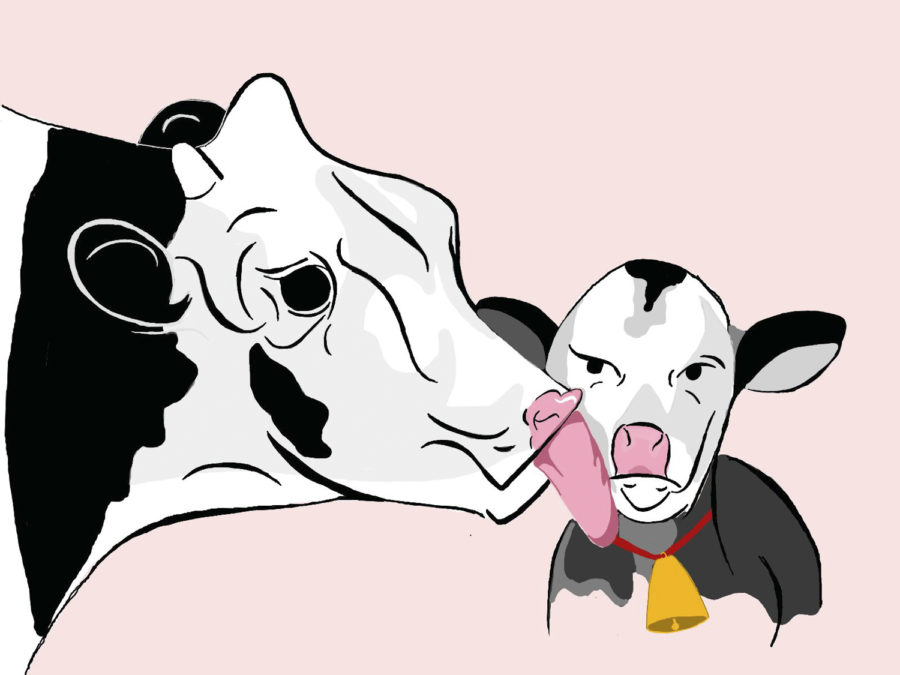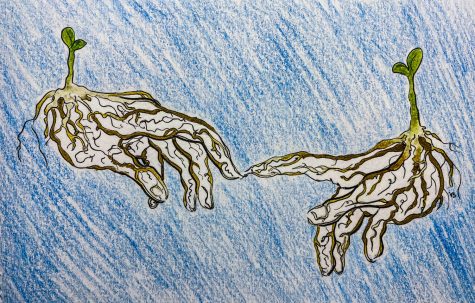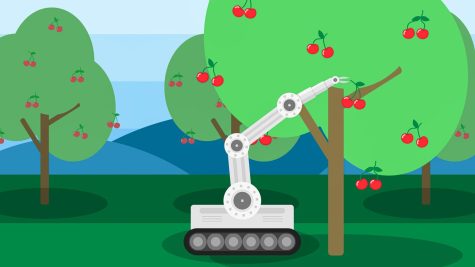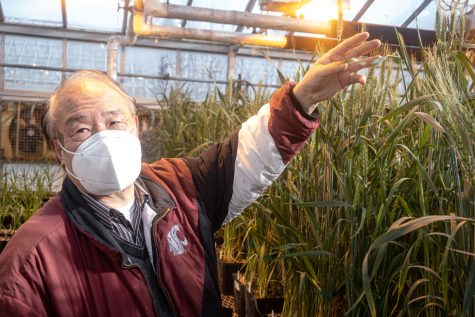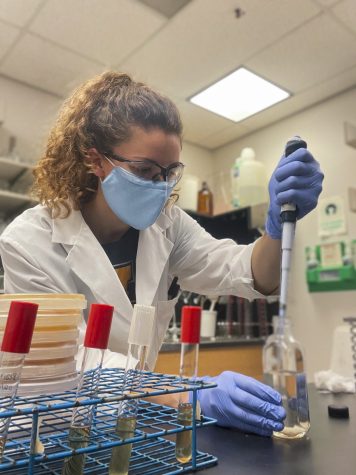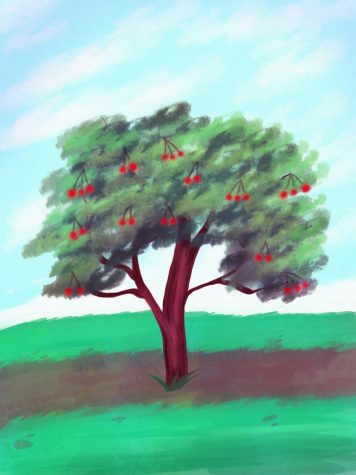WSU researchers develop way to measure diseases in cows
System used to measure human diseases will be used with animal diseases to improve treatments
The research team wants to use a more holistic approach to determine where resources should be put to fight disease at a larger level.
April 29, 2021
WSU researchers are measuring the impact of common diseases in dairy cows to develop more effective treatments and preventative measures.
The team is developing a metric similar to one that is currently used by the World Health Organization to measure diseases found in people. They will follow groups of Holstein dairy calves from birth until five years of age and collect data on how they respond to diseases throughout, said Craig McConnel, WSU veterinary medicine extension associate professor.
A metric called the disability adjusted life year is used to measure diseases based on duration and severity, McConnel said. It has been used by the WHO to measure the burden of diseases, which captures the impact of a disease at a certain proportional level.
The researchers’ goal is to attempt to quantify the idea of well-being in dairy cows, he said. It is difficult to quantify the well-being of animals, but the research is designed to determine what diseases are doing in terms of longevity, severity and resilience within a herd, and ultimately how diseases affect productivity and economic outcomes.
“The idea is to speak more holistically to where effort should be spent and where fresh resources should be put to combat disease at a larger level,” McConnel said.
He said the research team is working toward a better understanding of diseases on a given farm. They are hoping to understand the long-term impacts of different diseases.
“We’re hoping that this will provide us some insight into the burden of disease and the severity and the duration and level that might help us understand how we should be treating and preventing those diseases,” McConnel said. “We’re ultimately trying to achieve a more nuanced understanding of the impacts of those diseases.”
Young calves are primarily affected by gastrointestinal disease and pneumonia, McConnel said. But adult cattle can be affected by a number of infectious and metabolic diseases. They are particularly susceptible around the time of calving, when cows give birth.
The project is building on research that began about six years ago, he said.
The team received a five-year grant for the research and started collecting data on the newborn Holstein cows in November, he said.
McConnel said he is hoping the research will help contribute to the future of veterinary medicine and diseases. He also wants to help individual farmers and veterinarians.
If use of the metric is successful, it is possible that it can be used in other agricultural systems to measure the impact of different diseases affecting a wider range of species, he said.
McConnel said he grew up on a farm and wants to see success in the agricultural industry.
“I like to see animals who are successful within the system that they find themselves in, and I think that what we’re doing is fundamentally trying to explore those successes,” McConnel said. “One of the constraints within any system is disease burden, so to understand how we can manage that will help to have successful animals and successful farmers.”

